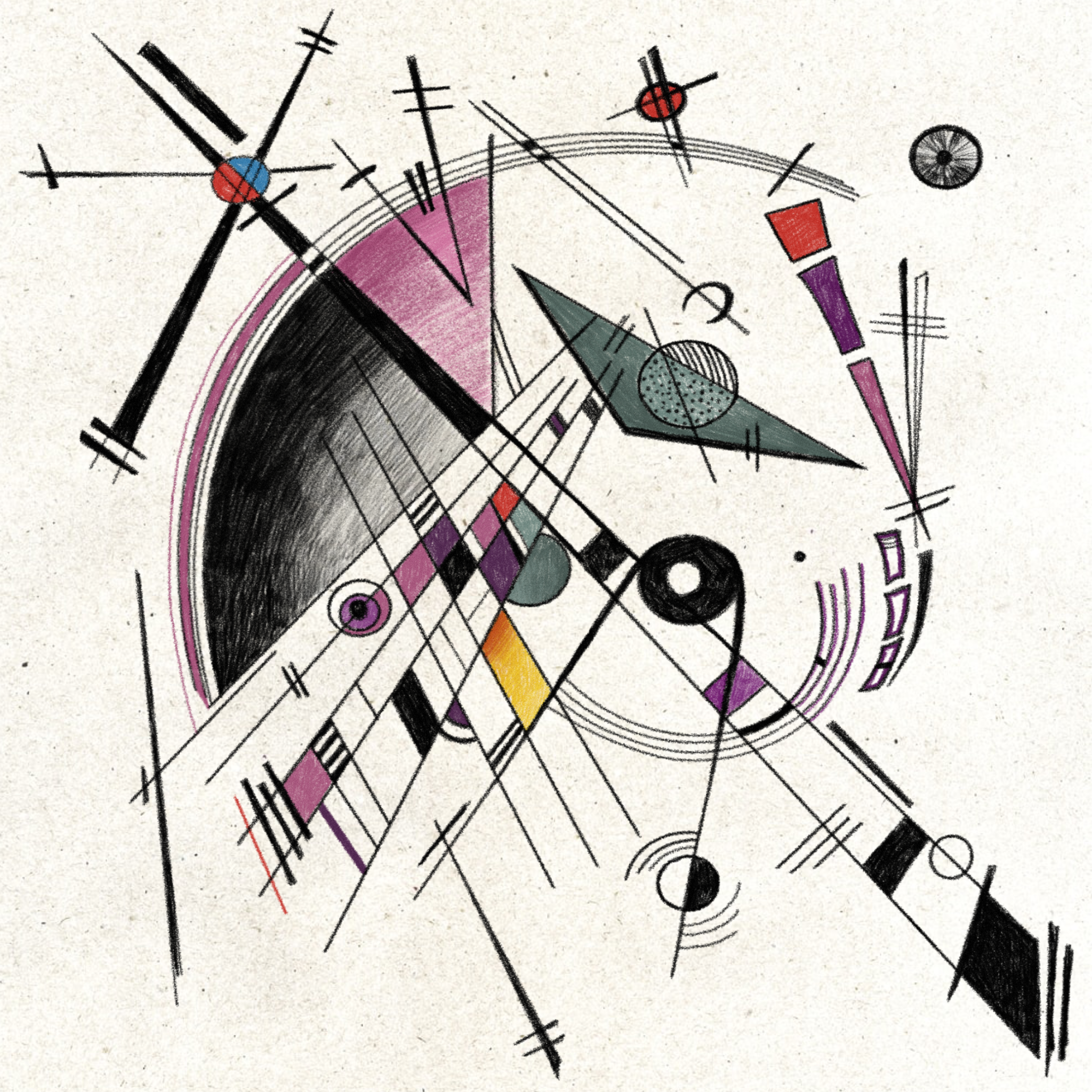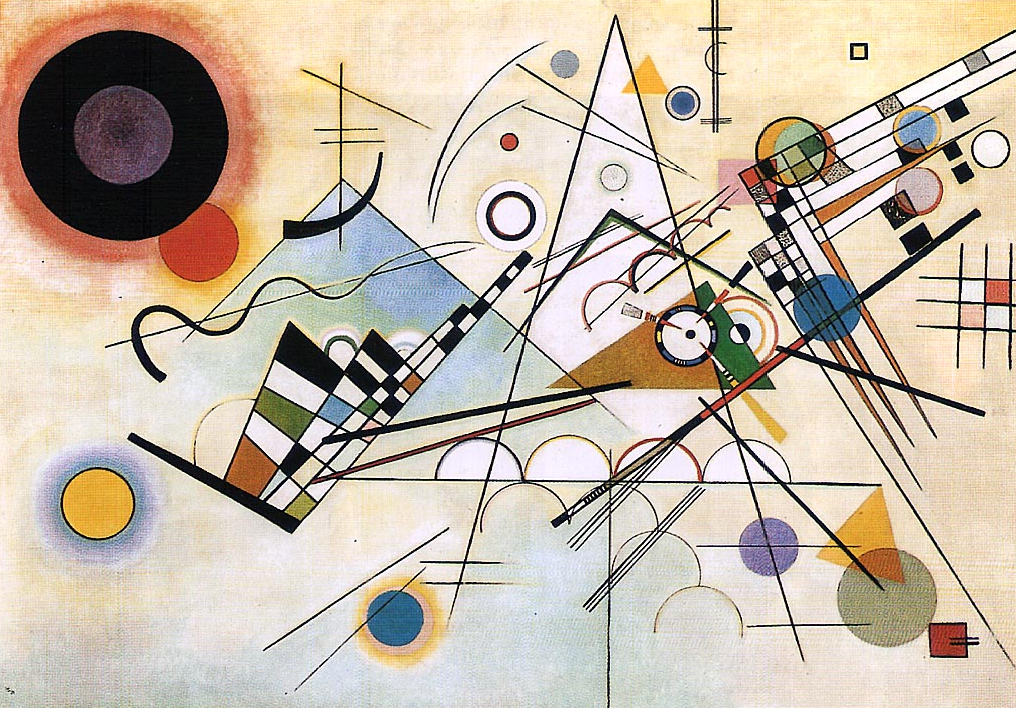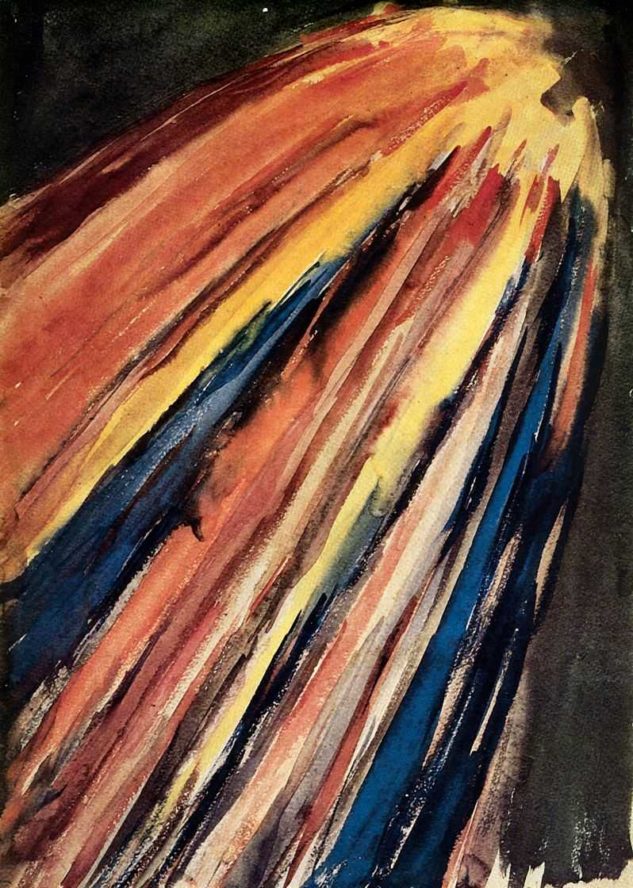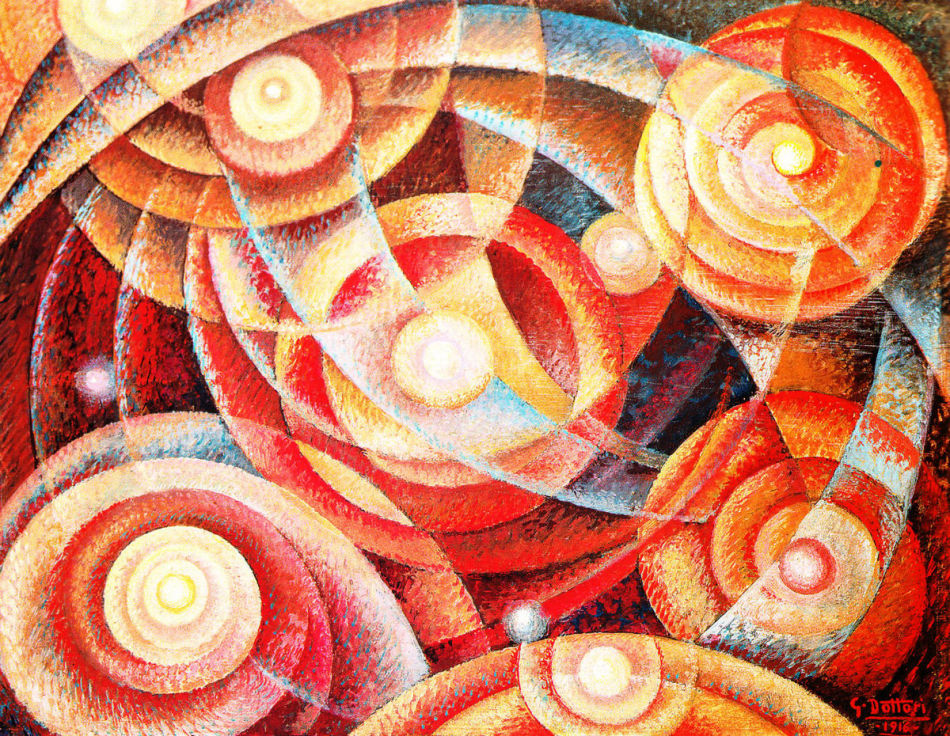SupremePunk #149

Rhythmic Ethereal
This Punk is inspired by CryptoPunk #9934 and the work of Wassily Kandinsky, one of the pioneers of abstract art, who was a tireless researcher-ethnographer, creator of a huge number of paintings, author of several books on art, a talented teacher.
The author of SupremePunk creates a world of images where abstraction is the language of forms arising from a desire for significance and vitality. This painting can be conventionally divided into two parts with a horizontal line. Both parts are equal to each other, the composition of the painting is stable, but at the same time dynamic. The painting demonstrates the source of vitality, a whirlwind of emotions and feelings.

Wassily Kandinsky — Composition VIII, 1916
The SupremePunk is inspired by Kandinsky's Composition VIII of 1916. The work was written at a time when Kandinsky was teaching at the German Bauhaus school. It illustrates how the author synthesized elements taken from Suprematism, Constructivism, and Cubism and adapted them to the special spirit of the Bauhaus. The geometric rational order of the composition is achieved by the planes of color and the clear linear quality of the figures. By combining aspects of innovative directions, the artist structured the painting in a dynamic balance and rhythm that pulsates throughout the canvas. The painting is an expression of Kandinsky's ideas about non-figurative art and, in particular, the significance of figures such as triangles, circles and others. The work was one of the first to be purchased by S. Guggenheim in 1930, when he visited the Bauhaus and became fascinated by Wassily's work. The Guggenheim Museum houses 150 works by the master and is the most extensive collection of the artist's paintings across the ocean.
Dynamics in the SupremePunk is felt especially sharp due to the diagonal composition of the picture, all lines are sharp and straight, they indicate the direction and set the general mood of the composition. Gradient shading on semicircles creates a sense of unease and understatement.
A similar feeling of unease is conveyed in Mikhail Matyushin's 1918 painting Composition on the Death of Elena Guro.

Mikhail Matyushin — Composition on the Death of Elena Guro, 1918
Matyushin experienced the death of his beloved wife Elena as a deep tragedy. A touching vision of his wife's memory is shown in the composition painted after five years of eternal separation. The artist, using typical for his works diagonal dynamic composition, shows the departure of Elena into space. Bright colors are interspersed with dark blues and disturbing purples. Mourning is conveyed by a deafening black background, across which unevenly fluttering stripes move.
The entire supremacist canvas is composed of several shapes - circles, squares and triangles. These geometric figures were basic in the work of the abstractionists, they often tried to convey a sense of movement and a kind of "collision" of celestial forces. SupremePunk composition can be taken as an embodiment of something extraterrestrial, inaccessible to the everyday understanding of the viewer.
A similar interest in celestial forces can be traced in the works of Gerardo Dottori.

Gerardo Dottori — Astral Rhythms, 1916
The work "Astral Rhythms" expresses Dottori's interest in cosmic phenomena, celestial bodies and their interaction in space, which was characteristic of many futurists. The artist admires the universal power of the universe and its energy, penetrating through space. The movement of celestial objects is conveyed with the help of concentric circles, which intersect in many points, creating a special rhythm and harmony. This abstract canvas indicates a strong influence of the painting of Giacomo Balla, a mentor and close friend of the artist.

Buy

Gallery:
CryptoPunk #9934 that has been taken as a base

Your transaction is in progress

You have connected to the wrong network

Transaction is successful!


